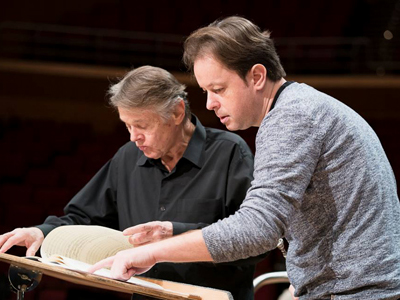
By ANDREW POWELL
Published: January 12, 2018
MUNICH — Against the medical odds, perhaps, Mariss Jansons turns seventy-five on Sunday, still adored by his favorite orchestra. Bavarian Broadcasting marks the occasion with a 44-minute video portrait, Im Zeichen der Musik, or In the Music’s Character, freely watchable. Last evening here at the Gasteig, a subscription concert of the Symphonie-Orchester des Bayerischen Rundfunks paraded contrasting sides of the musicians’ long union with Jansons, and everyone’s versatility. Martin Angerer navigated the elegant byways and tricky trills of Hummel’s Concerto a trombe principale (1803) with apparent ease in its original key of E, tidily accompanied. In an interview, the section principal distinguished this “godly” tonality from the “mundane” feel of E-flat, taken often in a convenience edition of the Hummel he deems a “stab in the heart,” but he stopped short of chancing the performance with the kind of Klappen-Trompete used originally, preferring the luxuries of a modern American piston instrument. (Soloist and conductor are pictured midweek.) Genia Kühmeier, Gerhild Romberger, Maximilian Schmitt and Luca Pisaroni made an impeccable quartet for the program’s main work, after the break, Beethoven’s C-Major Mass (1807), although the bass for some reason sang half-voice. The BR Chor glowingly intoned its lines yet struggled to focus the words in the acoustically poor venue. Jansons led supportively but as always from the ground up, never from the bowels of the Earth, and showing no inquirer’s zeal for the imaginative score. His clinical manner and the Bavarian players’ skill found their most persuasive outlet in an episodic exercise in chromatic unrest at the top of the evening: the Symphony in Three Movements (1945) of Stravinsky. Here, structure reigned, details sparkled, and the con moto third movement sounded (suitably) die-cast. It was in 2003 that this celebrated partnership began, since when the demanding and fussy but personable Latvian maestro’s contract has been renewed with accelerating commitment: for three years in 2013, and for three more years less than two years later — right after he sounded receptive to a theoretical, but as it turned out imagined, offer in Berlin. Which takes us up to 2021, past several happy birthday returns.
Photo © Bayerischer Rundfunk
Related posts:
Zimerman Plays Munich
Busy Week
MPhil Bosses Want Continuity
Manon, Let’s Go
Time for Schwetzingen
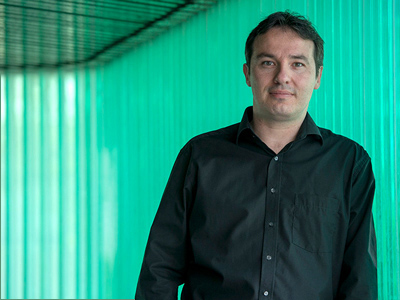
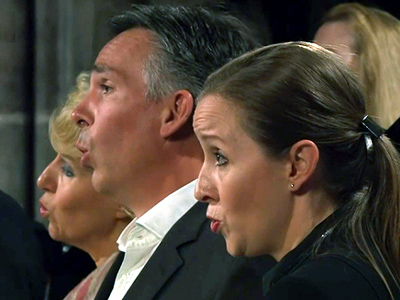
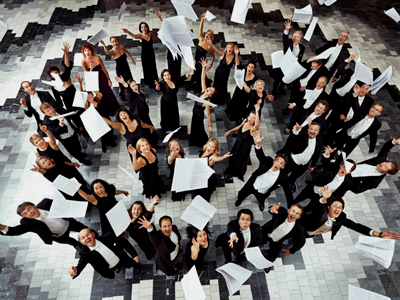
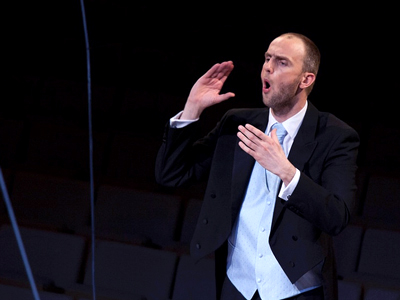
BRSO Adopts Speedier Website
Friday, April 17th, 2015By ANDREW POWELL
Published: April 17, 2015
MUNICH — Although no news release hailed its arrival, a revamped website was launched today for the Bavarian Radio Symphony Orchestra. It is faster, navigationally flatter, and better geared to mobile platforms than the old pages, criticized here. To enable the advance, domains have been set up liberating the orchestra from the giant br.de, which until today hosted all three BR Klassik entities — the BRSO, the BR Chor and the Münchner Rundfunk-Orchester — as well as a panoply of services of parent Bavarian Broadcasting. In the bureaucratic context, this is revolutionary. Domain br-so.de will serve German readers while br-so.com is for everyone else. Simple tasks, such as finding the orchestra’s managers, are now as easy as they should be. Corresponding domains br-chor.de and br-chor.com have been established for the excellent chorus but for the moment resolve elsewhere. The MRO, currently on a two-week homeland tour playing operetta behind Jonas Kaufmann, retains its present site arrangement.
Screenshot © Bayerischer Rundfunk
Related posts:
Berlin’s Dark Horse
Jansons Extends at BR
BR Campaign Runs Out of Gas
Bretz’s Dutchman, Alas Miked
Jansons! Petrenko! Gergiev!
Tags:Bavarian Radio Symphony Orchestra, Bayerischer Rundfunk, BR Chor, BR Klassik, Chor des Bayerischen Rundfunks, Commentary, Münchner Rundfunk-Orchester, News, Symphonie-Orchester des Bayerischen Rundfunks
Posted in Munich Times | Comments Closed